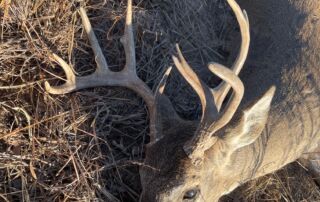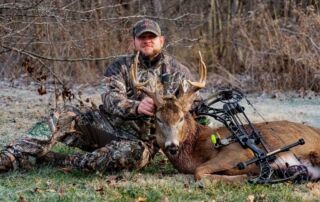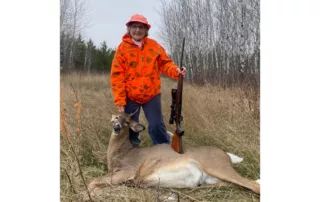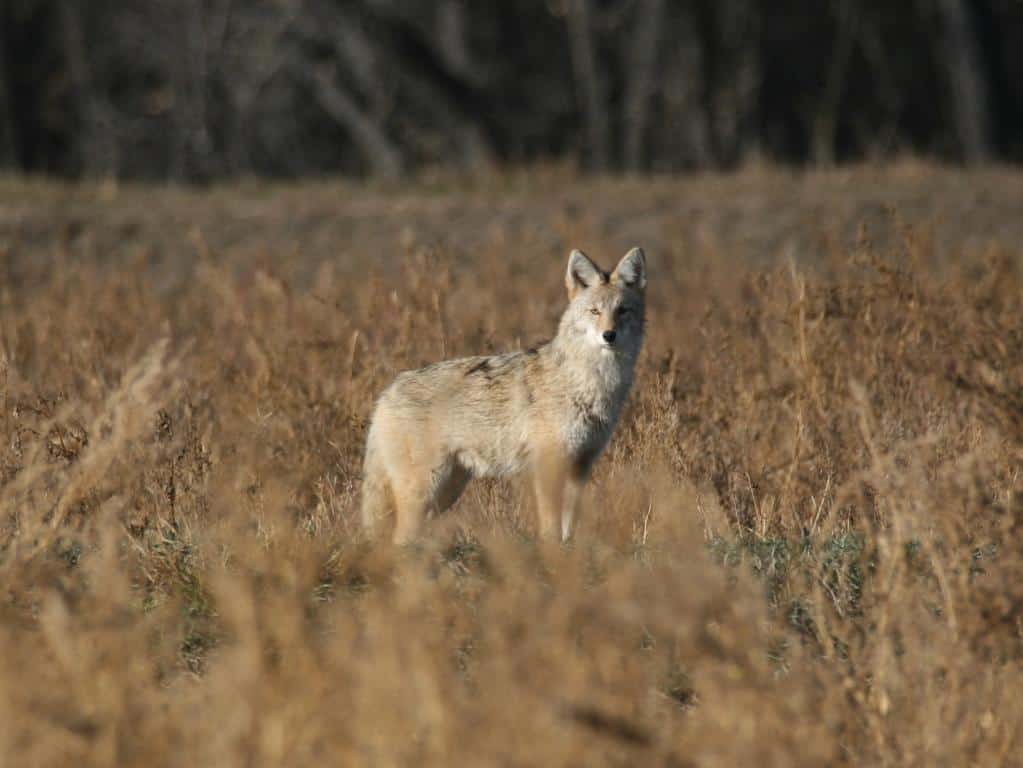Is It Okay to Hunt Deer Near a Property Line?
Legally speaking, you hang one, 5 or 20 tree stands near the line that separates your hunting property from a neighbor’s. You can walk around or drive a UTV on your side of the line as much as yu want to. Heck, can pop up a tent and make deer camp as long as you stay on your side of the fence. Property law is simple: You stay on your side of the line, and I’ll stay on mine. But step a boot across the boundary line without permission, and that’s obviously trespassing. Twitter Poll I always assumed every hunter dislikes or downright despises a fence-sitter, or a hunter who posts too close to a property line. But every hunter’s [...]





